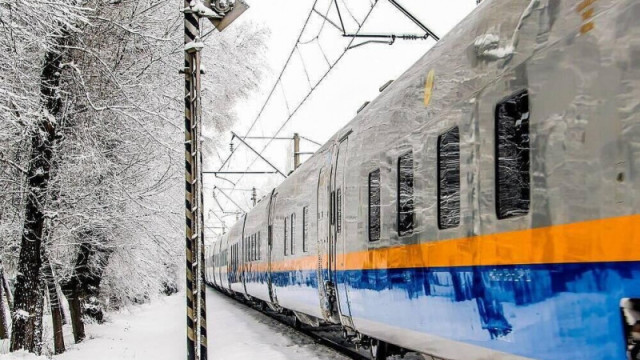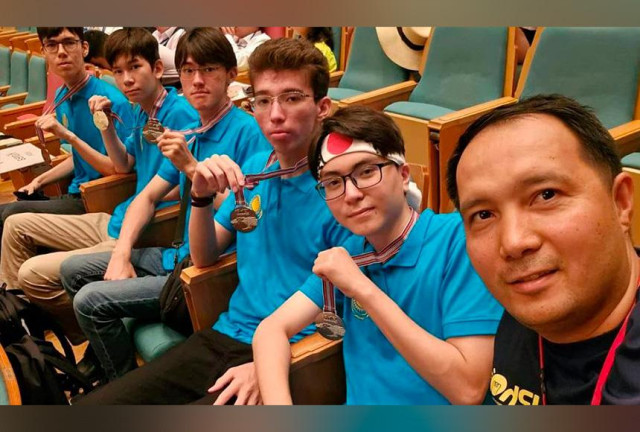
Kultobe settlement is a storehouse of the history of the Great Steppe. Explorers delve into the centuries-long history. The most ancient coins found during archaeological excavations revealed a lot to the scientists. Historians say that they date back to the times of the Kushan Empire of the second or third centuries AD. In addition, it is the coins from Kultobe that tell about the specifics of trade in the steppe, which means that researchers can learn all the details of the foreign policy and social life of the region in different historical periods.
“They reveal a lot of questions related to the history of not only a particular city, but also the existence of a given district, settlement, region and even the entire state. The fact is that it is not clear whether these Kushan coins were the means of circulation in this area during this early period. They could have been brought in from the south by some merchants who just exchanged goods. And these coins could have just been accidentally lost. They were produced in the north of Afghanistan, Uzbekistan, Tajikistan and Turkmenistan. They were also in circulation there. There are copper coins, not golden or silver. It is clearly a numismatic material that belongs to the southern monuments of Kazakhstan”, shares Pavel Petrov, archaeologist from Russia.
Experts say that these numismatic finds clearly testify to more than two millennia of Turkistan’s history. Samanid and Chagatai coins from the times of the Golden Horde were also found in Kultobe. The excavations in Kultobe are being carried out by the Kazakh Research Institute of Culture.
“The project ‘Restoration of Historical Sites of Kultobe Settlement’ has been carried out on the initiative of the First President of Kazakhstan Nursultan Nazarbayev since 2019. The project involves both our leading national scientists, archaeologists and experts, as well as the foreign ones. In particular, we cooperate and work with UNESCO experts who monitor and provide technical supervision over our project. Kultobe settlement is located in the buffer zone of the UNESCO World Heritage Site”, said Andrey Khazbulatov, Director General, Kazakh Research Institute of Culture.
In addition to coins, archaeologists discovered the walls of an ancient citadel and a cruciform structure. They also found household items, jewelry, ceramics and other items.These treasures will be presented in the museums of Kazakhstan.









